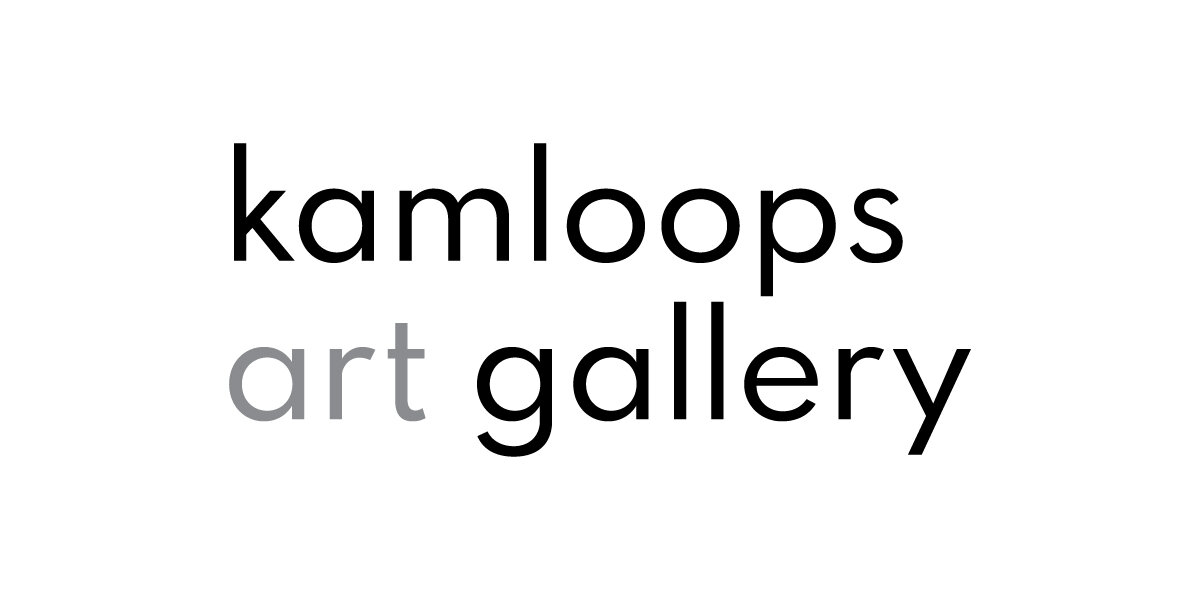Ink and Collage “Culture Files”
SCHOOL PROGRAM LESSON PLAN Grades 10-12
Ink and Collage “Culture Files”
Final Project Description:
An office file folder containing a number of magazine and coloured paper collages with ink drawings superimposed over collage work.
Description:
Students will create a file folder containing a number of collaged works based on their own cultural traditions and global cultural traditions they’ve been influenced by. Ink drawings on tracing paper will be glued on top of finished collages, adding another layer of interpretation to the clothing, music, food, transportation, recreation and symbols that make up their sense of identity. The ethics of cultural appropriation will be discussed in addition to the difference between appreciation and appropriation and basic media literacy.
Theory:
Students will (taken from the BC Curriculum PLOs):
-legal and ethical considerations relevant to media arts
-media literacy and critical analysis skills development
-demonstrate knowledge of historical and contemporary factors that shape Canadian identity
-Identify characteristics of representation in images from a variety of world cultures.
Creation & Analysis:
Referencing Dana Claxton’s photos, have students discuss the concept of hybridity. Hybridity is a cultural effect of globalization, whereby traces of other cultures exist in every culture. Claxton’s work melds the traditional with the modern, reflecting that Aboriginal societies have incorporated and transformed aspects of colonizer culture and are participating in popular culture and asserting Aboriginal presence in the popular sphere in creative and inventive ways.
Discuss cultural appreciation and cultural appropriation and the difference between these terms. At what point does appreciation become appropriation?
Cultural appropriation is the adoption of some specific elements of one culture by a different cultural group. It denotes acculturation or assimilation, but often connotes a negative view towards acculturation from a minority culture by a dominant culture.[1][2] It can include the introduction of forms of dress or personal adornment, music and art, religion, language, or social behavior. These elements, once removed from their indigenous cultural contexts, may take on meanings that are significantly divergent from, or merely less nuanced than, those they originally held. Or, they may be stripped of meaning altogether.
Ask students to cut out magazine images that represent their own cultural traditions and traditions and aspects of other world cultures as represented in the media. Explain that when you take an image from a source, you also remove it from its context. Have them sort images into two piles: one of cultures that they are influenced by or appreciate and one of the actual traditions that form their own cultural understanding. If they cannot find appropriate images, they can draw or cut out coloured paper pieces to add – this will influence their final collage’s meaning – the amount of magazine vs self created cut outs.
Have students glue their works together and show them different collage techniques – ripping or tearing paper, cutting, close cutting, superimposing, X-acto cutting, folding, etc.
Once they have a foundation of images, have students draw or comment with text about the images they’ve selected. Be careful with words, try to limit text or keep it short and graphic. They can use sharpies or ink and brush on transparent paper to overlay on top of their collages and glue on.
They can work on top of the office files if they finish early (on the same themes).
Duration:
60 minutes in the studio – 10 mins on approach, 5 mins on safety and , 40 mins on collaging and drawing, 5 mins for wrap up and possible discussion or look at other’s work to end class.
Materials:
Good quality paper
Scissors
Glue
Transparent paper
Sharpies or ink and fine brushes
Office file folders
Magazines
Coloured paper (cardstock brights)
Pencil
Look & Discuss:
-HAVE STUDENTS PUT THEIR NAMES ON THEIR PAPERS! This is important.
Canada has always been proudly multicultural, but racism is a still a factor of contemporary life. The internet and globalization have made the intermixing of cultures seem more rapid and shared. It’s not unusual for a person to eat food, listen to music or wear clothing inspired by other cultures, however, understanding the difference between being inspired by a culture and misusing cultural signifiers is increasingly important as influences mix in popular culture.
Use some high profile examples of popular figures misusing culture and discuss. (Madonna wearing a bindi dot, the hipster war bonnet, Mylie Cyrus’ dream catcher tattoo…)
Reflect on Claxton’s work again – how does it successfully show people melding cultural influences while retaining their essential selves? What advantages does hybridity have? How has this activity made them aware of cultural symbols and their use? Why is it important to consider these issues?
Prep:
-Cut good quality paper to the size of office file folders (remember, the paper cutter is upstairs)
-Layout office file folders, scissors, X-acto blades (safety demo first, always), glue sticks, magazines in smaller piles, recycling bins for scraps
-Have sheets of transparent paper and sharpies ready
-Set out several different coloured sheets of colour cardstock brights and pencils
Take it further:
Ask students to look at each other’s work at the end of class to see how other students approached their project. How are they similar? How are they different? How has this activity made them consider how they “use” global culture? How can this be done sensitively? When is it inappropriate? Does cultural immersion assist in sharing culture in a good way? How can we be positively influenced without infiltrating? Discuss.
